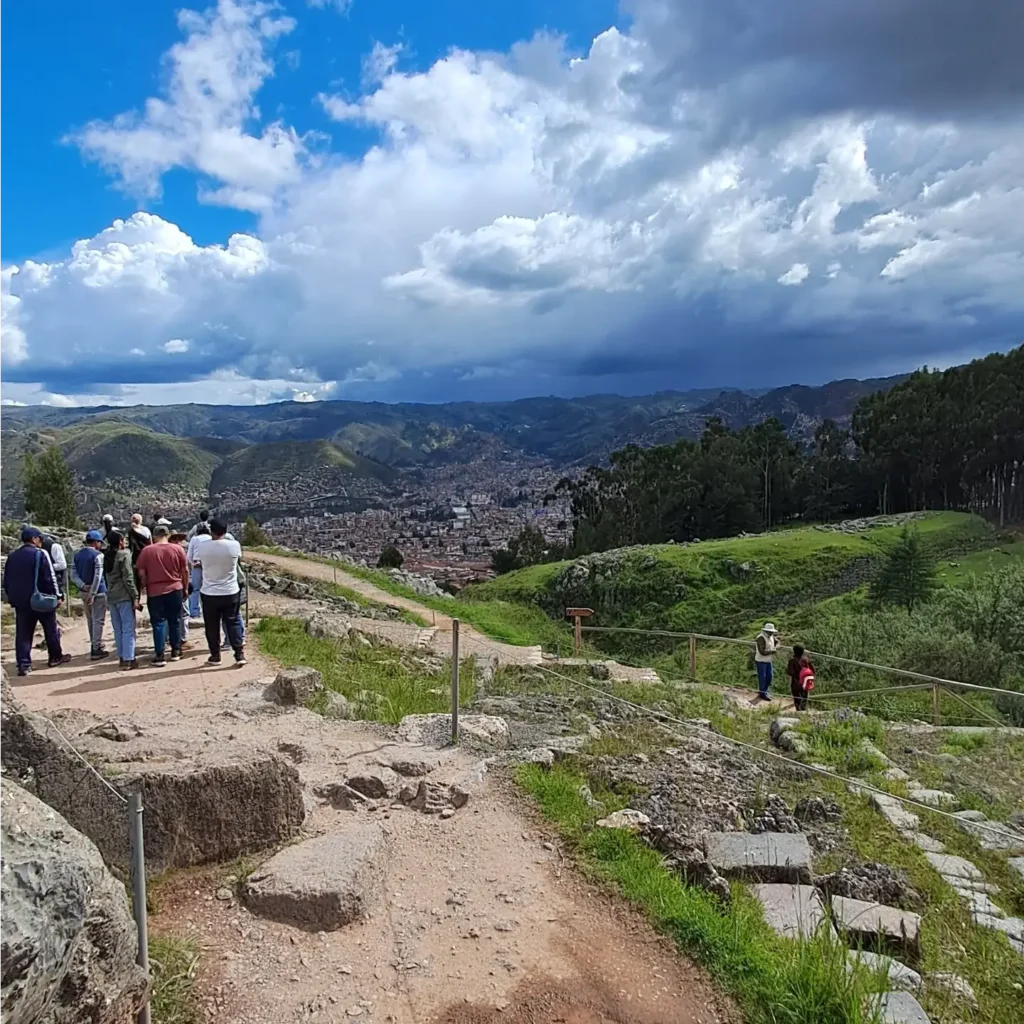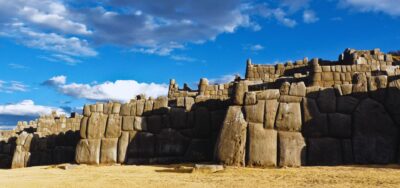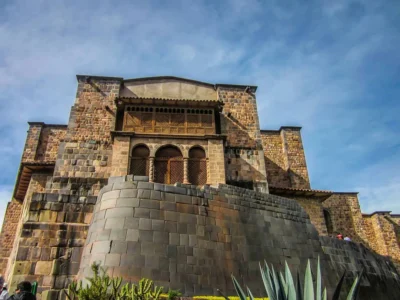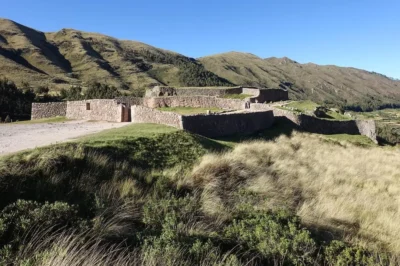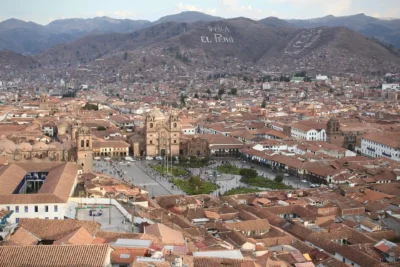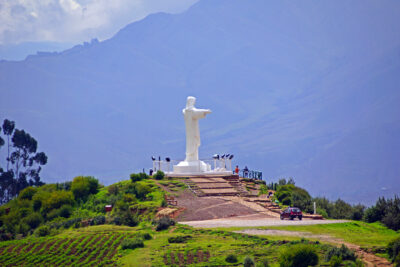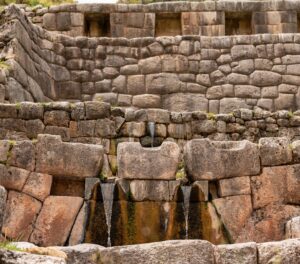Nestled high in the mountains of Cusco, Qenqo is one of the most intriguing archaeological sites of the ancient Inca Empire. This complex stands out not only for its intricate architecture and mysterious symbolism, but also for the spiritual and cultural connection that keeps the history of the Andes alive. If you’re planning a visit to Cusco, Qenqo is a must-see stop to explore and better understand the fascinating Inca civilization.
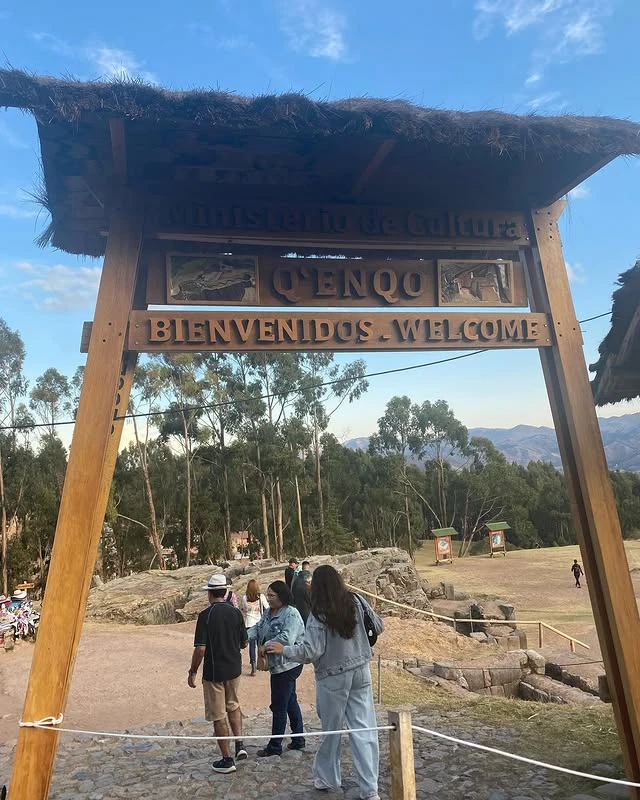
What Does Qenqo Mean?
The name “Qenqo” comes from the Quechua language and translates to “labyrinth” or “zigzag.” This refers to the winding channels carved into the rocks of the complex, which are believed to have had a ritual purpose. These unique features have made Qenqo a site full of mystery and speculation, attracting archaeologists, historians, and curious travelers alike.
Location of Qenqo
Qenqo is located about 4 kilometers northeast of the city of Cusco, along the route to Sacsayhuamán. Its proximity to other archaeological sites like Puka Pukara and Tambomachay makes it an ideal stop on a tour around the outskirts of Cusco.
- Altitude: 3,580 meters above sea level.
- Access: You can get there by taxi, tourist transport, or on foot for those who enjoy hiking.
History and Construction of Qenqo
The Qenqo complex dates back to the Inca period, between the 15th and 16th centuries, during the height of the Tahuantinsuyo Empire. This site was used for ceremonial and ritual purposes, likely related to fertility, agriculture, and cosmic worship. Its intricate carvings and structures demonstrate advanced knowledge of engineering and architecture.
Qenqo Grande
Qenqo Grande is the best-known and largest section of the archaeological complex. It features the most important structures:
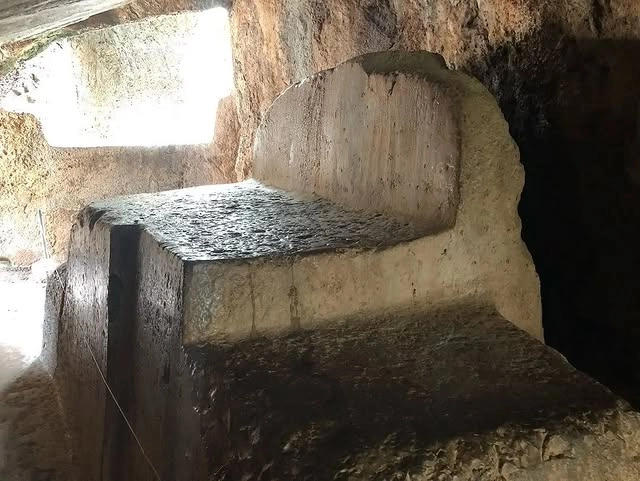
The Carved Stone
A central monolith that stands out for its zigzagging channels, possibly used to pour liquids like chicha (fermented corn drink) or blood during religious rituals.
The Intihuatana and Its Astronomical Function
This sun dial carved into stone was essential for the Incas to measure time and track the seasons.
The Amphitheater and Its Ceremonial Design
A semicircular structure with niches used for offerings. It reflects how deeply religion was integrated into daily life.
The Underground Chamber and Its Mysteries
An underground space carved into rock that may have been used for funerary practices or rituals related to death and rebirth.
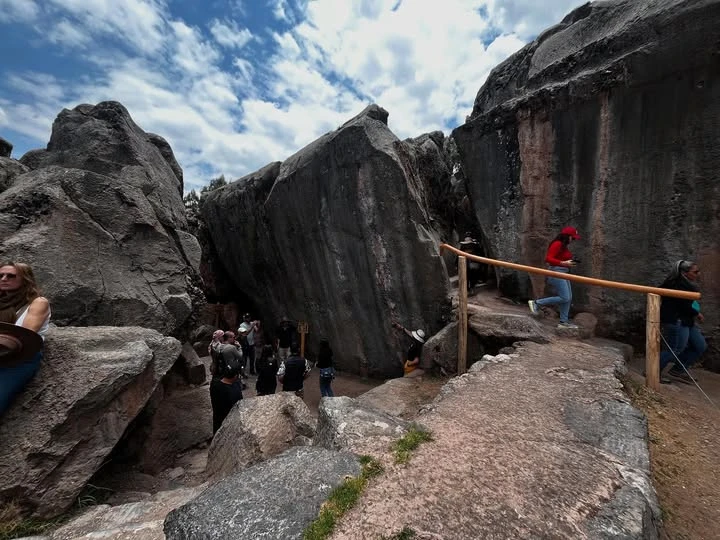
The Sacrifice Room and Its Symbolism
A stone-carved table believed to have been used for sacrifices, possibly of animals, as part of religious ceremonies.
The Mortuary Room: Funerary Practices
A cave where evidence of mummification and ritual burials has been found.
Cusilluchayoc: The Temple of the Monkeys
An area decorated with monkey figures, which symbolize duality and a connection to the divine.
Qenqo Chico
Qenqo Chico is a lesser-known but equally fascinating part of the complex. Although smaller in size, it features similar characteristics to Qenqo Grande, such as channels and ceremonial spaces.
Differences with Qenqo Grande
Qenqo Chico has simpler, less ornate structures, but retains the same ritual and spiritual significance.
How to Get to Qenqo?

Transportation Options from Cusco
Taxi or Private Transport: Ideal for those looking for comfort and speed. A direct trip from Cusco’s city center takes approximately 20 minutes.
Public Transport: Buses and shared vans (colectivos) going toward Pisac can drop you near the site.
Hiking: For adventurous visitors, a walk from Sacsayhuamán to Qenqo is a great option, offering beautiful views of the Andean landscape.
Short Route and Long Route
Short Route: A quicker, more direct path—ideal for those seeking efficiency.
Long Route: A longer trail with panoramic views and a more immersive natural experience.
Entry to Qenqo: Prices and Hours
Cusco Tourist Ticket: Entry to Qenqo is included in the full tourist ticket, which also grants access to other archaeological sites like Sacsayhuamán and Puka Pukara.
Opening Hours: The complex is open every day from 7:00 AM to 6:00 PM.
Recommendation: Visit in the morning to avoid crowds and enjoy the best lighting for photography.
The Forest of Qenqo and Its Natural Surroundings
Surrounded by a forest of eucalyptus and pine trees, Qenqo offers a tranquil and mystical atmosphere. This natural environment enhances the experience, allowing visitors to connect with the serenity of the place while exploring its archaeological mysteries.
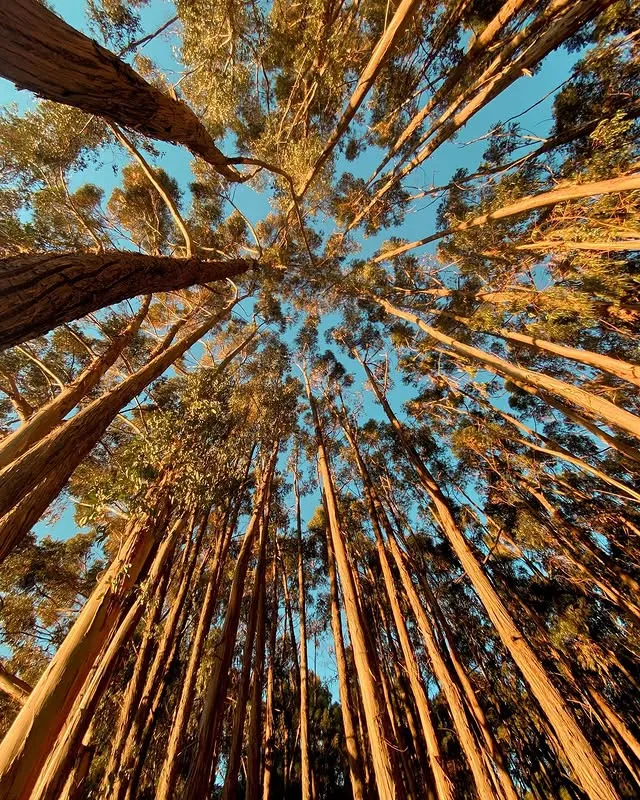
Interesting Facts About Qenqo
The Inca Labyrinth and Its Secrets
The intricate channels and underground paths reflect a connection between the earthly and the celestial, showing how the Incas integrated nature into their worldview.
Underground Galleries and Their Purpose
These spaces carved into the rock were likely used for secret ceremonies and spiritual practices.
Blood or Chicha: Ritual Channels
While some researchers suggest the channels were used for ritual blood, others believe they carried chicha as offerings to the gods.
The Intihuatana: The Incas’ Solar Clock
An architectural marvel that demonstrates the astronomical knowledge of this civilization.
Human Sacrifices: Myths and Realities
Although human sacrifices at Qenqo are not confirmed, legends and archaeological evidence point to complex rituals.
Amphitheater Curiosities
This space was not only used for ceremonies but also for community gatherings, symbolizing the bond between the Incas and their deities.
